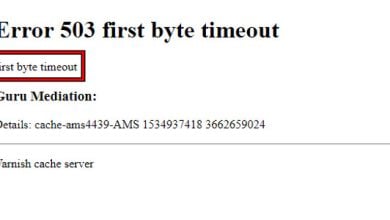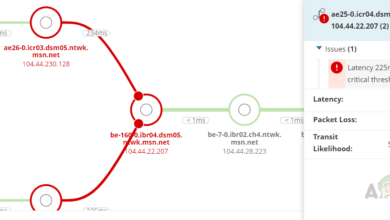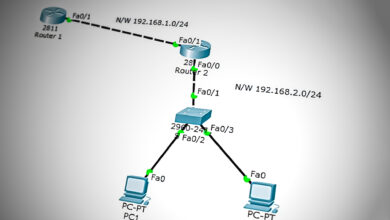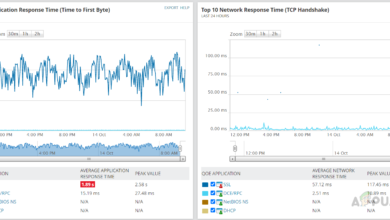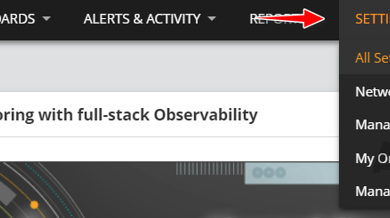Solarwinds NCM: A Must Have Tool for Network Administrators
Why Solarwinds NCM is part of your Network Monitoring Tools
Solarwinds Network Configuration Manager is a widely used software that allows Network Administrators to take control of the enitre network built specifically for the system and network admins.
Solarwinds NCM is a full suite packed with extremely valuable features which can help with updating network inventory, network reports, investory scan, detect vulnerabilities in the firmware and upgrade them, schedule jobs to automate various tasks, detect configuration changes in real time, and perform audits to ensure the devices comply with the organization’s standards.
Please download Solarwinds NCM from (here).
1. Manage Inventory Report by Solarwinds NCM
Solarwinds NCM can help you to run inventory scans to keep an up-to-date inventory of the network devices. The inventory scan collects the following details from a device.
- Serial Numbers
- Port details
- IP addresses
- Vendors
- End-of-life dates
- End-of-support dates
- Maintenance providers
Collecting all this information manually is a time-killing job for the administrators, but Solarwinds NCM makes this easier. Also, we can automate the inventory scans to run periodically to have up-to-date data all the time. Now let’s see how to configure an inventory report.
Configuring Inventory Report
There are two ways to run an inventory report.
- On-demand scan – We can run an inventory scan for a device, or group of devices, or all the devices at any time to get up-to-date data.
- Automated Reporting Tool – We can schedule a job to run regularly to keep up-to-date information on the devices and automatically generate reports.
To run these reports, the device must be onboarded into Solarwinds NCM. Check this link to learn how to add a device to Solarwinds NCM.
2. Run an On-demand Scan
- Go to Configuration Management from the Network Configuration sub-menu.
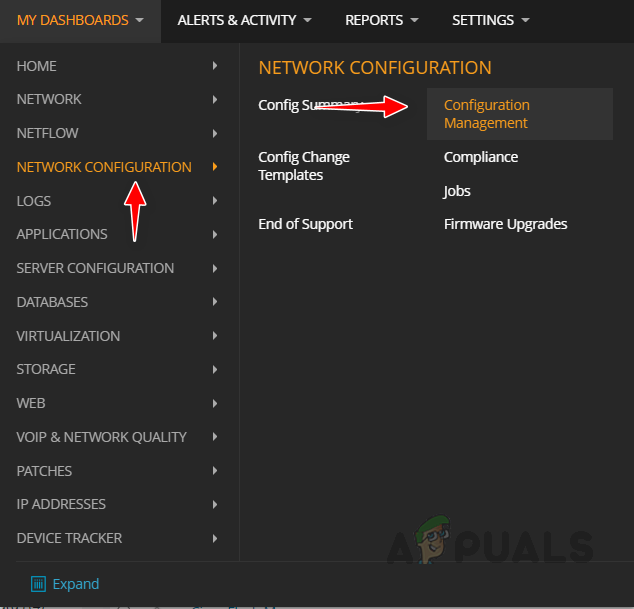
- Select the node you want to update the inventory details and click on Update Inventory. As we mentioned, you can select single or multiple nodes for the scan.

- Once you click on Update Inventory, a prompt confirmation window will appear. Click on Yes to proceed with the scan.

- It will redirect to the Inventory Status page. There, we can see the status of the inventory scan.

- Once the scan is completed, you can see the status as complete 100%.

This is how we can run the on-demand inventory scan. Now let’s see how to schedule an automated inventory scan.
3. Configure Automated Inventory Scan
- Go to Jobs from the Network Configuration sub-menu.
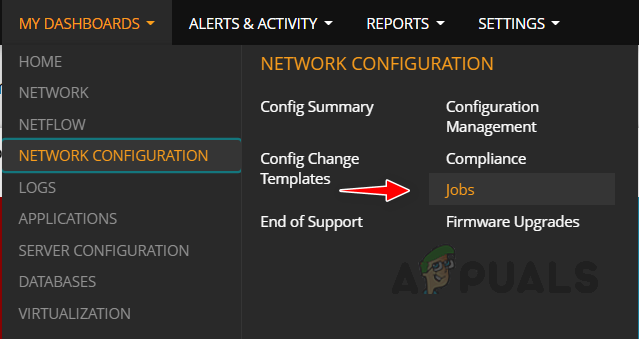
- Click on Create New Job.

- Provide an appropriate name for the job, and select Update Inventory from the Job Type drop-down list. Choose the proper schedule for the job and click on Next.
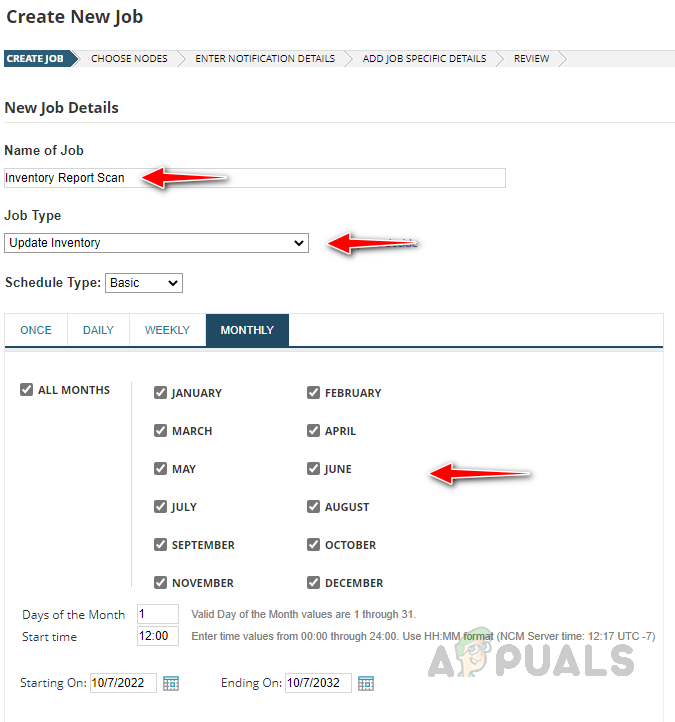
- Select the nodes for the jobs. Here, I have selected All Nodes for the job.

- Check Save Job Log and Save Results To File to save the job log to validate the job status. Select and configure the Email Results option if required and click on Next.

- Select the details that are to be added to the inventory scan on the Inventory Settings page.
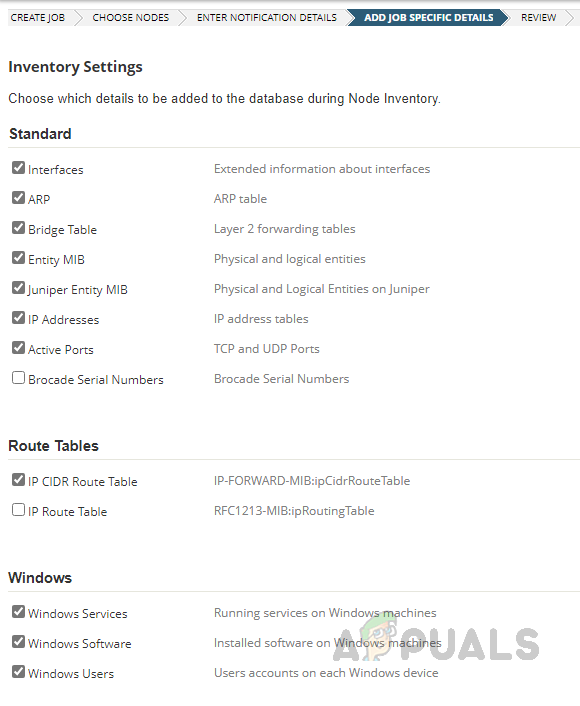
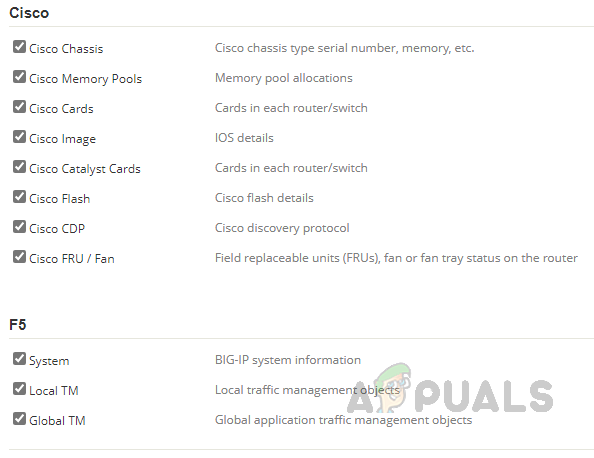
- Review the job summary and click on Finish.

Now our job is ready, the job will run at the scheduled window. Let’s see how to review the inventory report.
4. Access Inventory Reports
Once you run the on-demand scan or the automated job is completed, you can review the inventory report from the All Reports page available in Solarwinds. To access the reports follow the below steps.
- Go to Reports and then click on All Reports.

- In All Reports, select Report Category from the Group By drop-down list.
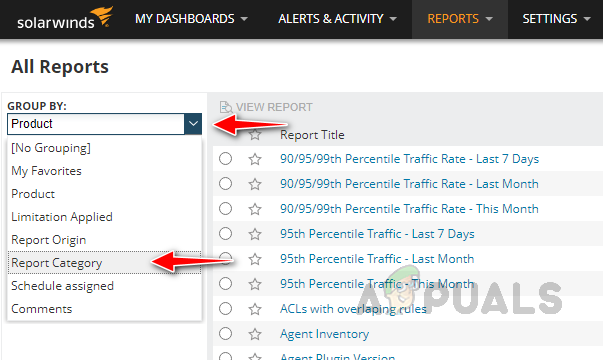
- If you scroll down on the report categories, you can see various inventory reports provided by Solarwinds NCM.
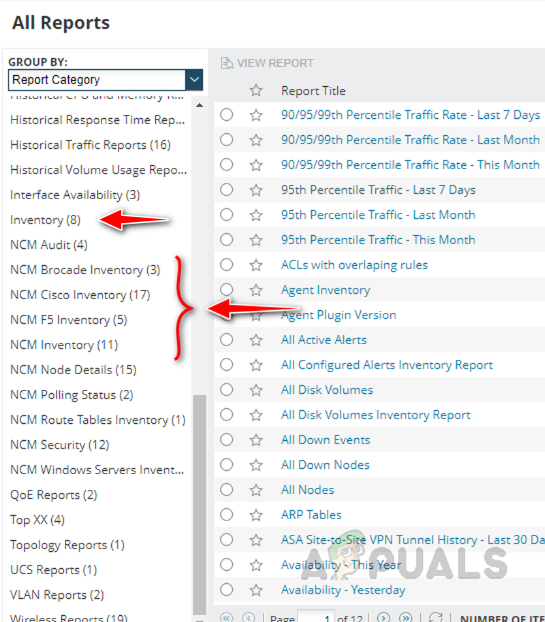
Now let’s see a few examples of how to check the inventory reports to get the required information based on our needs.
5. Check IOS Versions Running on the Devices
- Click on Inventory from the category list.
- Click on the IOS Versions of Cisco Devices report to review the details

- We can see the IOS versions running on the devices. With this report, we can know which version of IOS is running on the device and whether it’s up to date.
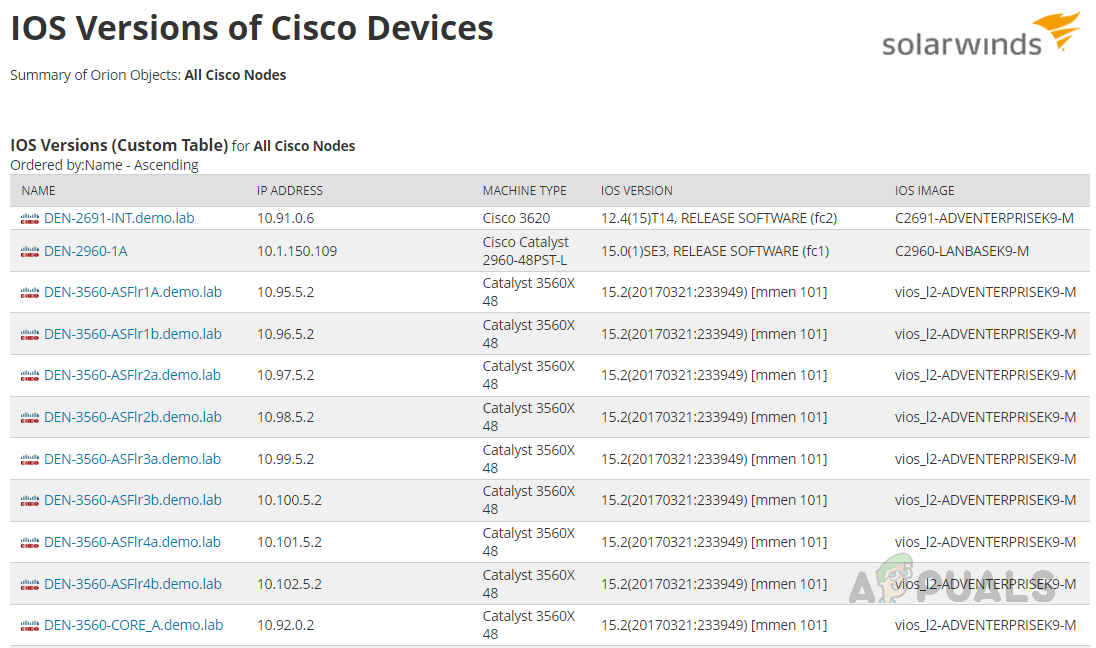
6. Check Available Port Details on a Device
- Click on NCM Inventory from the category list.
- Click on the Interfaces report to review the details.

- We can see the available interfaces on a device with its operational and admin status and many other useful details about the interfaces available in a device.
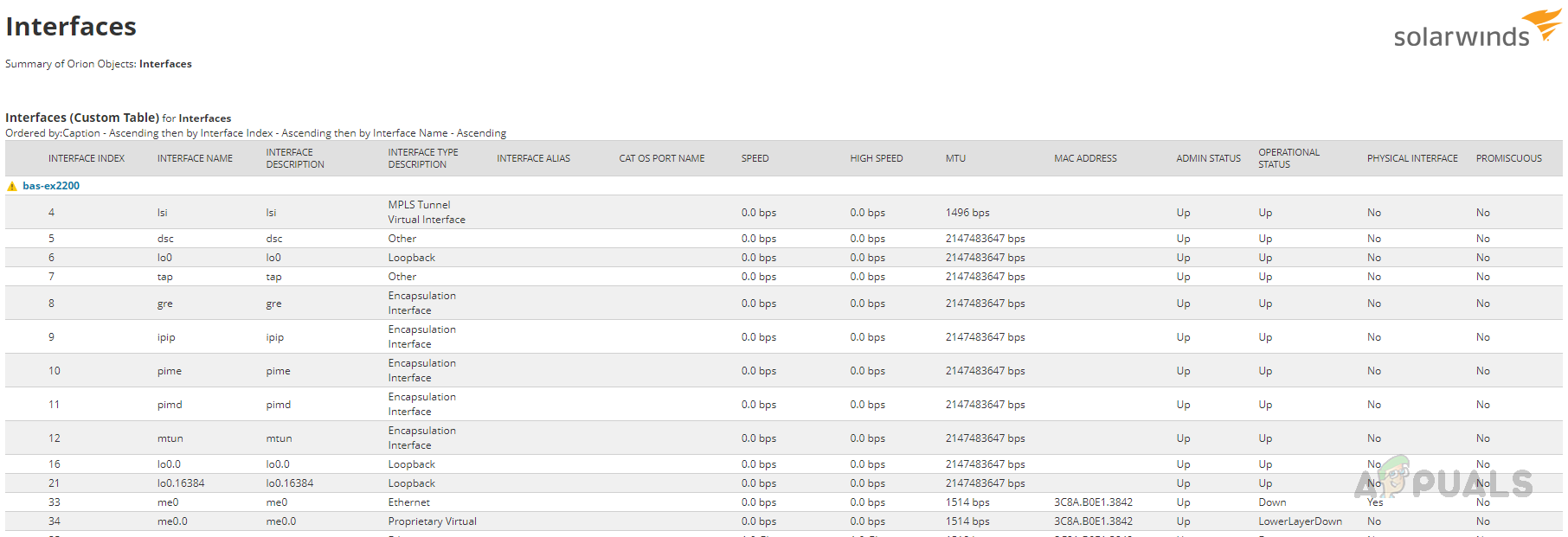
7. Check End-of-Support Devices
- Click on NCM Node Details from the category list.
- Click on the End of Support Devices report to review the details.

- In this report, we can see when the support and maintenance will end. Also, if we click on the more details hyperlink in the external link column, it will take us to the vendor page, where we can get more details about the device.

Apart from these examples, various other inventory reports are available in Solarwinds NCM to track the device details and keep our inventory up to date. Click on this link to try this feature and learn more about Solarwinds NCM.
